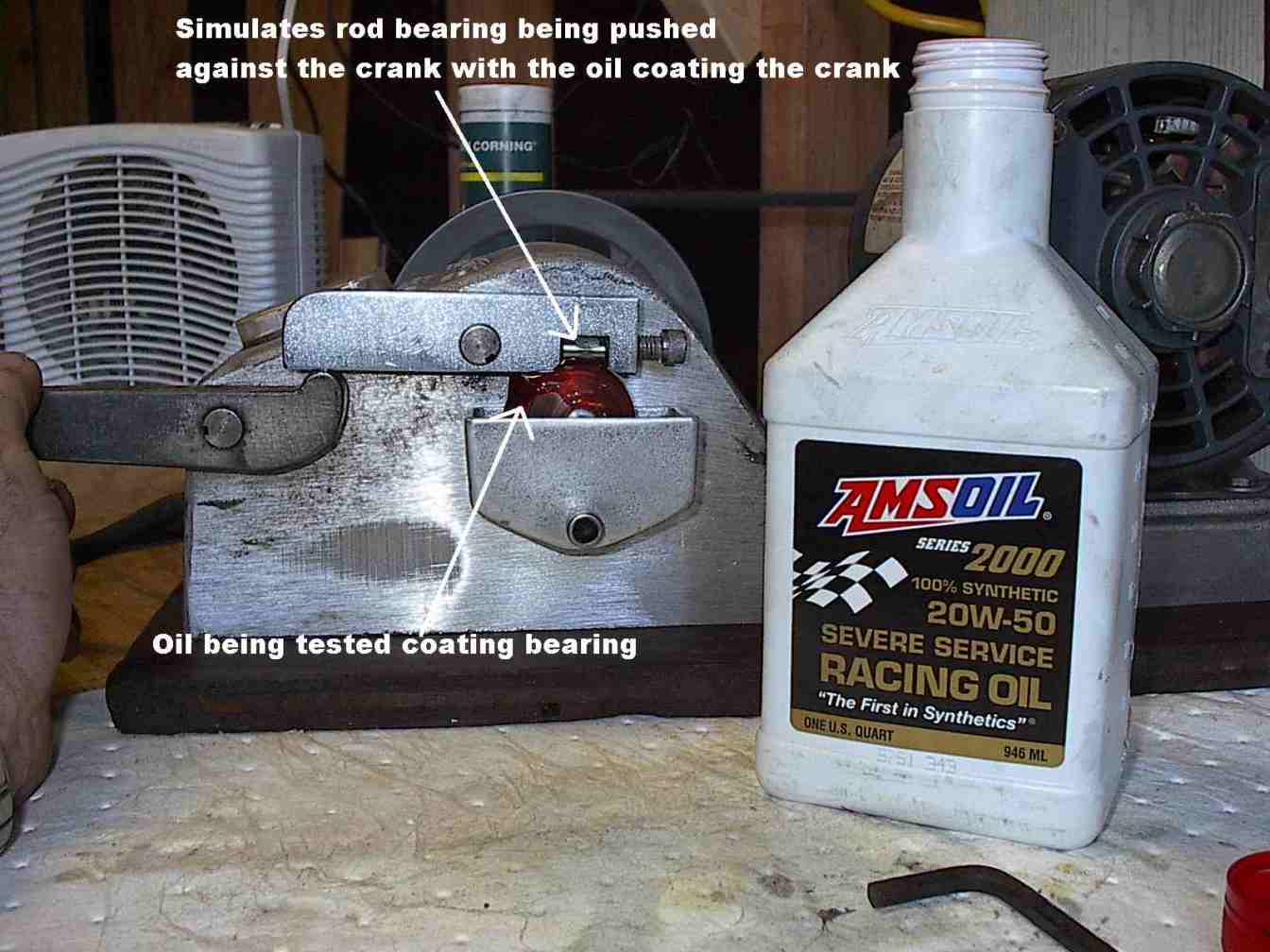This is triggered by discussions on the "delo" thread, also a post that I made on the Car and Driver forums plugging this site. Some guy posted saying that the site was no good because of Bob's videos.
So, my question is why does Mobil 1 do so poorly on Bob's test? (I think it's the only oil that didn't plate up.) Is Mobil 1 over rated (very over rated, if it's the only oil to fail the test completely), or is Bob's test flawed? I'm sure given the domination of synthetic among the posters, and Mobil's domination of the syn. market, that many of you continue to use Mobil 1 despite this demonstration.
BTW-- I'm not an expert in reading numbers, but I'm also a bit disconcerted that the specs on Mobil's dino. oils seem to be so weak. Right down there with Wolf's Head and apparently weaker than Wal-Mart's house brand. Maybe because it's the "drive clean oil" and detergency is traded for viscosity and flash point.

I realize that even Bob realizes these tests aren't overly scientific. IMHO they are extremely interesting and I wish Bob would mount a few more videos.
[ June 28, 2002, 03:51 PM: Message edited by: csandste ]
So, my question is why does Mobil 1 do so poorly on Bob's test? (I think it's the only oil that didn't plate up.) Is Mobil 1 over rated (very over rated, if it's the only oil to fail the test completely), or is Bob's test flawed? I'm sure given the domination of synthetic among the posters, and Mobil's domination of the syn. market, that many of you continue to use Mobil 1 despite this demonstration.
BTW-- I'm not an expert in reading numbers, but I'm also a bit disconcerted that the specs on Mobil's dino. oils seem to be so weak. Right down there with Wolf's Head and apparently weaker than Wal-Mart's house brand. Maybe because it's the "drive clean oil" and detergency is traded for viscosity and flash point.
I realize that even Bob realizes these tests aren't overly scientific. IMHO they are extremely interesting and I wish Bob would mount a few more videos.
[ June 28, 2002, 03:51 PM: Message edited by: csandste ]




